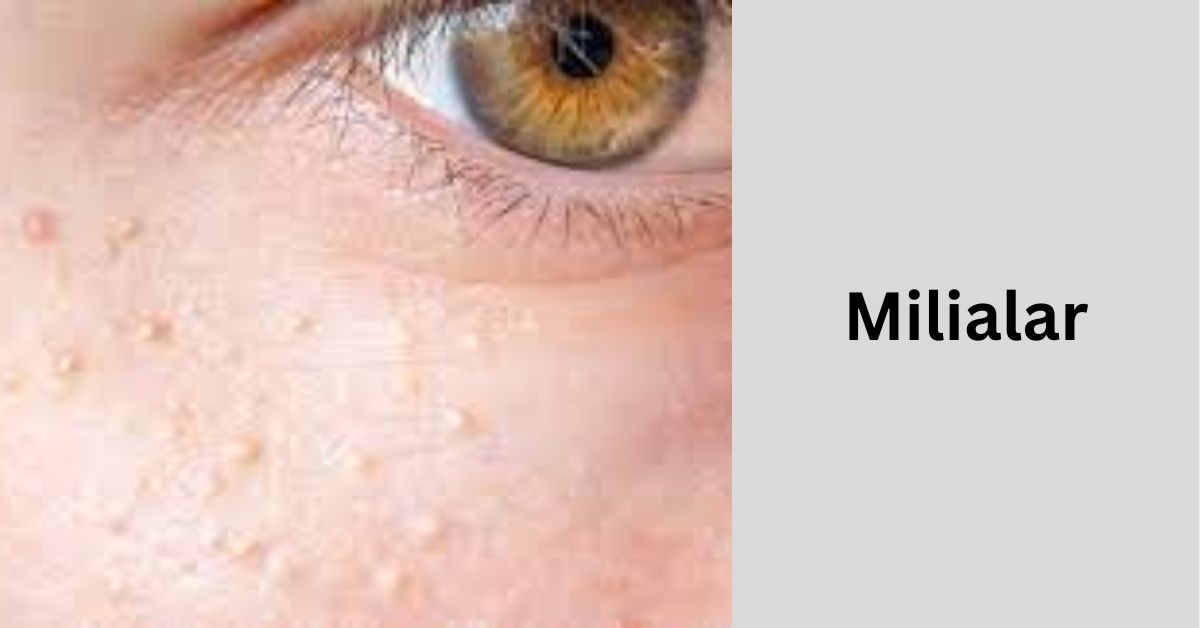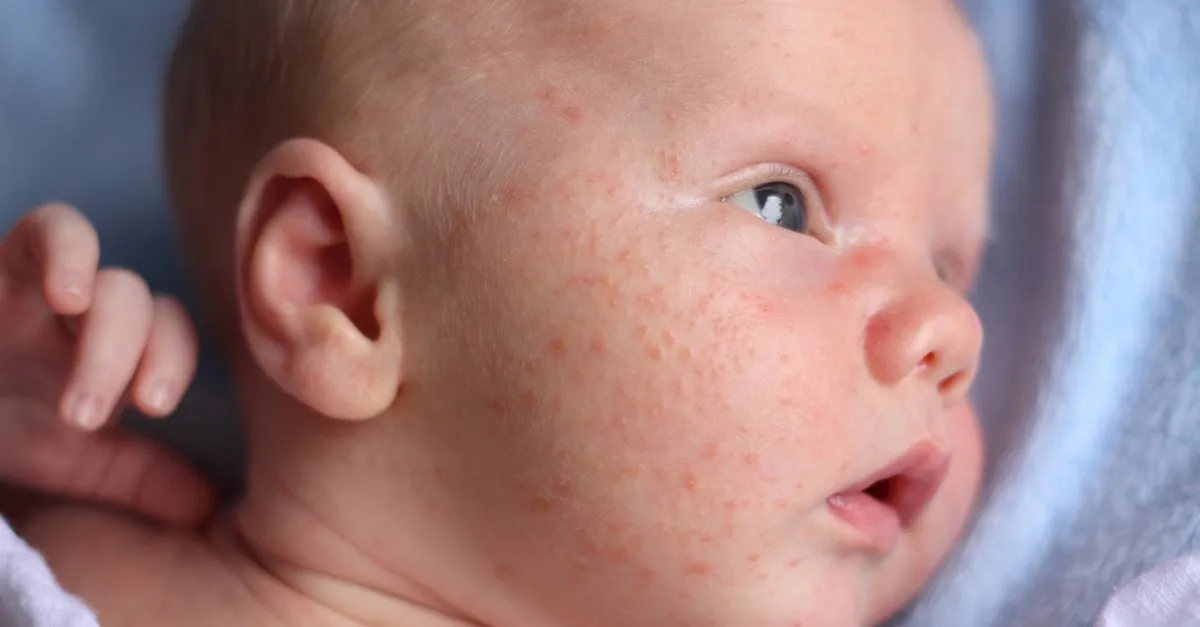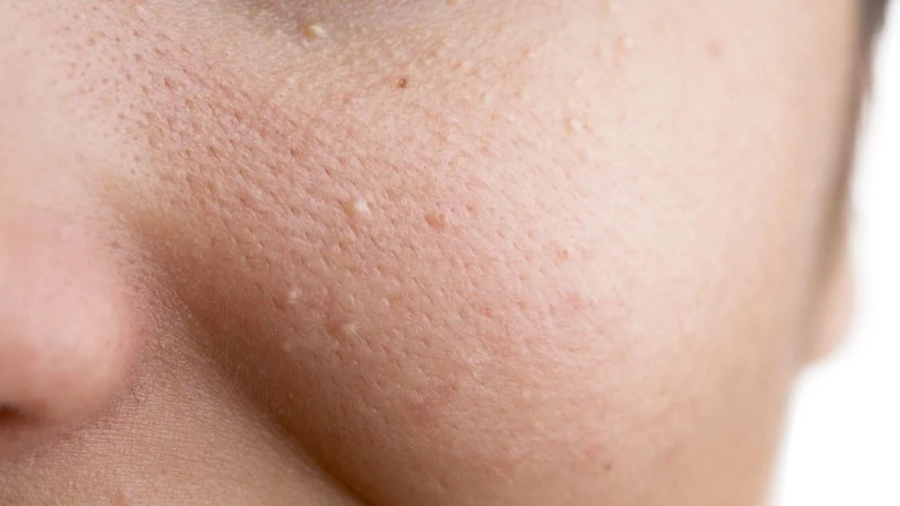Introduction
Milialar : Its Causes, Symptoms and Treatment, Milialar, a term that may not be widely recognized, refers to a skin condition that can affect individuals of various ages. This article aims to delve into the causes, symptoms, and available treatments for Milialar, providing a comprehensive overview for those seeking information on this dermatological concern.

Causes of Milialar
Milialar is commonly associated with specific factors that contribute to its development. Understanding these causes is crucial for effective prevention and management. Some key causes include:
Must Read=Uncovering the Truth: The K3 Spark Mineral Side Effects
- Genetics: There may be a genetic predisposition to Milialar, with a higher likelihood of developing the condition if it runs in the family.
- Skin Type: Individuals with certain skin types, such as oily or combination skin, may be more prone to developing Milialar.
- Blocked Sweat Glands: Milialar is often the result of blocked sweat glands, preventing the proper release of sweat. This blockage can lead to the formation of small, white or yellowish bumps on the skin.
- Use of Heavy Skin Care Products: The use of heavy or occlusive skin care products can contribute to the development of Milialar by blocking pores and hindering normal skin exfoliation.
Symptoms of Milialar
Milialar presents with distinctive symptoms that are often noticeable on the skin’s surface. Recognizing these symptoms is essential for an accurate diagnosis. Common symptoms include:
- Small, White Bumps: The hallmark of Milialar is the appearance of small, raised, white or yellowish bumps on the skin. These bumps are typically painless and may resemble tiny grains or pearls.
- Localized Clusters: Milialar bumps often cluster in specific areas, such as the face (particularly around the eyes and cheeks), chest, or back.
- No Inflammation: Unlike acne, Milialar bumps are usually not inflamed. They lack redness or tenderness, making them distinguishable from other skin conditions.
- Persistent Nature: Milialar bumps can be persistent, lasting for an extended period if left untreated. They may not resolve on their own and may require intervention for removal.

Treatment Options for Milialar
Managing Milialar involves a combination of preventive measures, lifestyle changes, and targeted treatments. Here are some common approaches to treating Milialar:
- Gentle Exfoliation: Using a mild exfoliating cleanser or scrub can help remove dead skin cells and prevent the formation of Milialar bumps. However, aggressive exfoliation should be avoided, as it may exacerbate the condition.
- Topical Retinoids: Dermatologists may recommend topical retinoids to promote skin cell turnover and prevent the clogging of sweat glands. These medications can be effective in treating Milialar.
- Regular Cleansing: Keeping the skin clean is crucial in preventing Milialar. Regular cleansing with a gentle, non-comedogenic cleanser can help manage the condition.
- Avoiding Heavy Products: Individuals with Milialar-prone skin should avoid heavy or occlusive skin care products that can clog pores. Opting for lighter formulations can prevent further blockage of sweat glands.
- Professional Extraction: Dermatologists may perform a procedure known as extraction to remove Milialar bumps. This involves using a small tool to carefully extract the contents of the bumps.
- Lifestyle Modifications: Making lifestyle changes, such as maintaining a healthy diet, staying hydrated, and managing stress, can contribute to overall skin health and may help prevent Milialar.
When to Seek Professional Help

While Milialar is generally a benign condition, seeking professional help is advisable in certain situations. Consult a dermatologist if:
- Home Remedies Are Ineffective: If over-the-counter products and home remedies do not improve the condition, a dermatologist can provide a tailored treatment plan.
- Concerns About Scarring: Individuals who are concerned about potential scarring or changes in the appearance of their skin should seek professional advice.
- Persistent or Worsening Symptoms: If Milialar symptoms persist or worsen despite efforts to manage them, a dermatologist can conduct a thorough evaluation.
Conclusion
Milialar, though not widely recognized, is a skin condition that can affect individuals across different age groups. Understanding its causes, recognizing its symptoms, and exploring appropriate treatment options are essential steps in managing this dermatological concern. With the right combination of preventive measures and targeted treatments, individuals can achieve clearer, healthier skin and alleviate the impact of Milialar on their overall well-being. As with any skin condition, consulting a healthcare professional, particularly a dermatologist, is crucial for an accurate diagnosis and tailored treatment plan.

